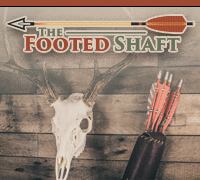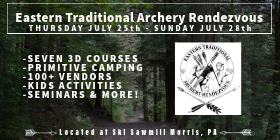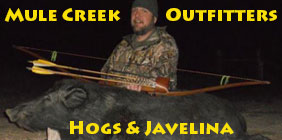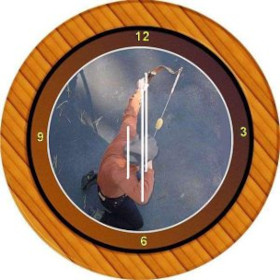I think the important distinction to keep in mind here is small game vs. big game. The whole point (sic) of Ashby's years of research has been to determine the factors, and the gear, that will best assure penetration and a clean kill with very common "bad" hits on big game, as epitomized by an angled shot into an elk scapula, which will turn most any normal head away, and/or blow it up (I've done it and seen it done too many times). Any broadhead feature that will slow penetration through heavy bone has to be eliminated, and multi blades and bleeder blades are at the top of the list. So yes, for hunting deer with plenty of bow and arrow weight, and you want more blood on the ground, they are good. But to max your odds of killing a big animal -- and I've seen some mighty big buck deer -- with a bad bone hit, you don't want bleeder blades or multi-blades. A theory I have proven to myself beyond doubt is that enducing max bleeding should not be our goal in setting up our gear and shots for big animals. Rather, we want to punch holes through both lungs -- complete pass-throughs. Do that and the lungs collapse and the brain shuts down almost instantly and the animal never gets out of your sight, making a blood trail superfluous. The absolute slam-dunk shot on elk is broadside and low, just behind the shoulder, so that you not only vent both lungs but get the top of the heart as well. The risk with this shot is that it's so close to the scapula, and the low front ribs over the hearts are extra thick and close together. For smaller game, deer and pronghorn, the Grizzly doesn't seem worth messing with to me, just too darn hard to sharpen, and I'll stick with such proven 2-blades as STOS, Eclipse, and Zwickie, modified to a tanto point -- still going for the pass-through and oxygen starvation rather than max blood. To each his/her own, so long as we aren't taking undue risks at the animal's expense. Cheers, dave














